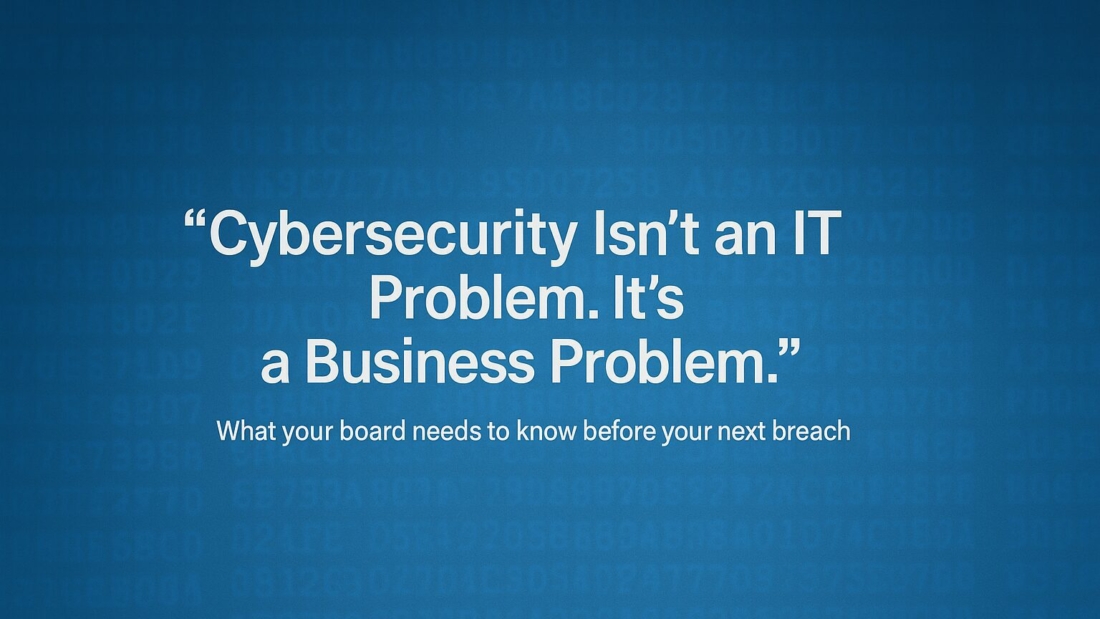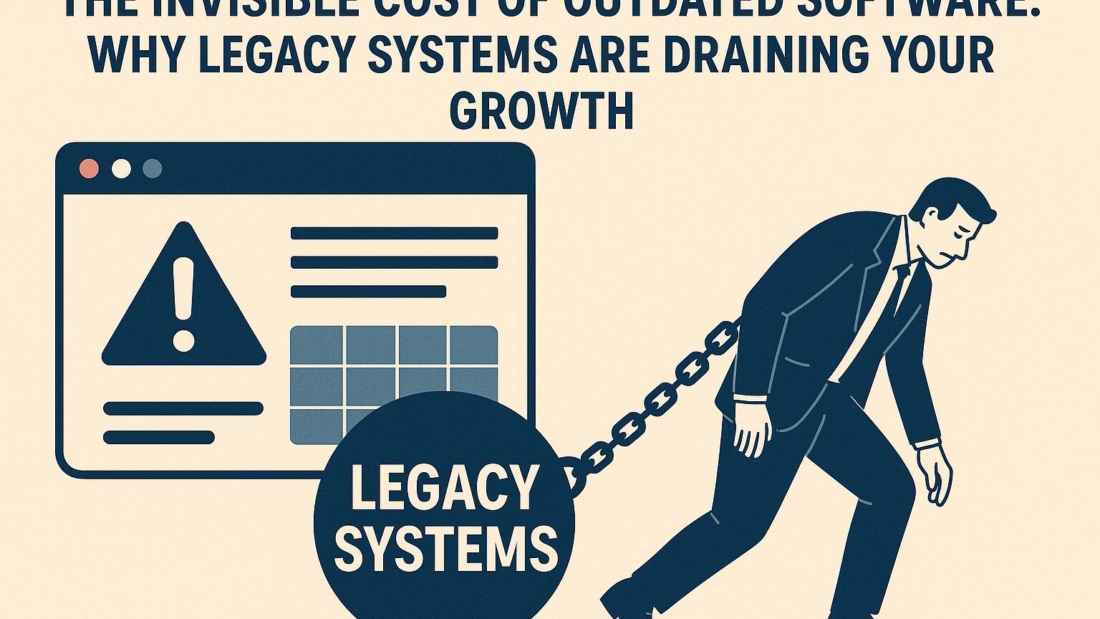When cybersecurity incidents hit the headlines, the first instinct is to blame the IT department. But in today’s digital-first world, that reaction is not only outdated—it’s dangerous. Cybersecurity is no longer just a technical issue; it’s a full-blown business risk with legal, financial, reputational, and operational consequences.
If your board and executive leadership still see cybersecurity as a back-office concern, your organization is already vulnerable. At LogIQ Curve, we’ve seen how companies that treat cybersecurity as a strategic priority stay resilient, while those who ignore it often become cautionary tales.
The Expensive Reality of Modern Cyber Threats
Cybercrime is projected to cost the world $10.5 trillion annually by 2025, according to Cybersecurity Ventures. That’s more than the global drug trade. And these aren’t just attacks on government agencies or tech firms. Retailers, healthcare providers, manufacturers, and even small businesses are in the crosshairs.
From ransomware to phishing attacks, insider threats to data breaches, the modern threat landscape is more complex and aggressive than ever.
And here’s the kicker:
70% of breaches in the past five years were caused by human error, poor risk management, or lack of executive oversight—not technical failure.
That’s why cybersecurity is a business problem. One that must be addressed from the top down—not just the server room.
Why the Board Should Care About Cybersecurity
Your board members might not write code, but they are accountable for the business. And in many jurisdictions, failure to prevent or respond to a cyberattack can have legal implications for directors.
Here’s what the board needs to understand:
1. Cyber Risk = Business Risk
A successful cyberattack can:
Shut down operations
Lead to regulatory fines (think GDPR, HIPAA, etc.)
Erase customer trust
Tank stock prices
Invite class-action lawsuits
Just like supply chain issues or economic downturns, cyber risk can destroy your quarterly goals—or your company.
2. Insurance Isn’t a Solution
Many boards feel secure with cyber insurance. But beware:
Coverage limits are shrinking
Premiums are rising
Payouts are denied for “negligence” or “inadequate controls”
Cyber insurance is a last resort, not a risk strategy.
3. Security Is Everyone’s Job
A strong cybersecurity posture requires:
Employee training and awareness
Vendor risk management
Regular audits and testing
Business continuity and recovery planning
This cannot be accomplished by the IT department alone.
What the C-Suite Should Be Asking
For business leaders and boards to take control, they must ask the right questions:
Do we have a cybersecurity strategy aligned with business goals?
How often do we test our incident response plan?
What is our supply chain risk exposure?
Are we investing enough in cybersecurity training for staff?
How do we measure cyber resilience, not just compliance?
At LogIQ Curve, we work with leadership teams to align cybersecurity efforts with strategic priorities—ensuring protection and business growth go hand in hand.
Real-World Examples: Business Disruption from Cyber Attacks
Colonial Pipeline (2021)
One of the largest fuel pipelines in the U.S. was brought down by ransomware—causing fuel shortages and panic buying. The breach cost them millions and exposed gaps in critical infrastructure cybersecurity.
Target (2013)
A compromised vendor login led to the theft of 40 million credit card records. The CEO resigned, and the company spent $200M+ in damages and recovery.
These weren’t IT failures. They were leadership blind spots.
The Cost of Doing Nothing
Thinking of cybersecurity as “just an IT thing” is a liability. Here’s what’s at stake:
| Risk Area | Potential Cost |
|---|---|
| Data Breach | $4.45 million average per breach |
| Downtime | $1M+/hour for large enterprises |
| Reputational Damage | Long-term loss of customer trust |
| Legal Fines | Up to 4% of annual turnover (GDPR) |
| Shareholder Lawsuits | Increasingly common |
The cost of doing nothing is exponentially higher than the cost of being proactive.
How to Shift from Reactive to Proactive
Here’s how businesses can reposition cybersecurity as a strategic asset:
✅ Elevate Security to the C-Suite
Appoint a Chief Information Security Officer (CISO) or equivalent who reports to the board, not just the CIO.
✅ Regular Cyber Drills
Just like fire drills, simulate cyber incidents to test your readiness.
✅ Integrate Cyber Risk into Business Risk
Include cyber risk in quarterly risk assessments and board reporting.
✅ Invest in People, Not Just Tools
Security awareness training for all employees is non-negotiable.
✅ Build a Culture of Cyber Accountability
Make cybersecurity part of every department’s KPIs—not just IT.
Partnering with LogIQ Curve for Resilient Cybersecurity
At LogIQ Curve, we help companies move beyond basic firewalls and antivirus software. We design holistic cybersecurity strategies that address the technical, operational, and business dimensions of modern threats.
Whether you’re a startup looking to scale securely or an enterprise recovering from a breach—we’ll help you build a resilient, board-aligned cybersecurity posture that doesn’t just protect—but enables growth.
Final Thoughts: It’s a Boardroom Issue Now
Cybersecurity isn’t a siloed issue—it’s a strategic imperative. Businesses that don’t adapt will not just face breaches—they’ll face existential risk.
The next attack may not come through your firewall—it may come through a third-party vendor, a careless employee, or a decision that the board failed to prioritize.
So ask yourself:
Is your leadership team prepared for the next breach—or just hoping it doesn’t happen?











